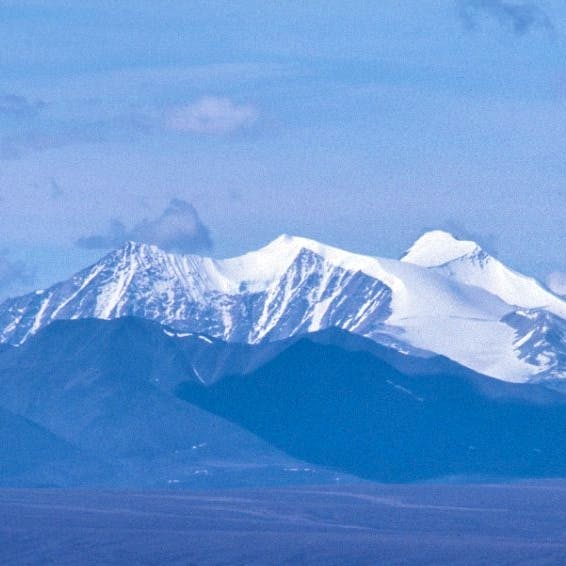WASHINGTON (Feb. 7, 2017) —The House of Representatives invoked the Congressional Review Act again today to rescind a new planning process for the Bureau of Land Management that updates and enhances the agency’s management and conservation of public lands and resources. The plan is the latest Obama-era environmental, health and safety regulation the House and Senate have targeted under the CRA, including the Stream Protection Rule, which both chambers voted to annul last week.
Statement from Former Defenders of Wildlife President and CEO, Jamie Rappaport Clark:
“The House of Representatives just used the Congressional Review Act to claim its latest victim: yet another regulation intended to protect our lands and wildlife. This rule modernized a 30-year-old Bureau of Land Management planning process by improving public engagement, requiring science-based decision making and increasing efficiency to guide managers working to balance land use and development with protecting America’s public lands, wildlife and other resources. It’s shameful that Congress is using the Congressional Review Act as a sledgehammer to destroy our country’s environmental legacy.”
Background:
The Congressional Review Act allows Congress to repeal rules and regulations for 60 legislative days using an expedited process that cuts normal debate and Senate safeguards. It was enacted in the 105th Congress (1994-1995) as part of the Republican “Contract with America.” It has only been used successfully once before this Congress. But the current Congressional majority has been quick to use the Congressional Review Act, with both the House and Senate seeking to roll back protections on clean water, clean air and public lands in just the last week.
The Bureau of Land Management (BLM) is responsible for administering 245 million acres of America’s public lands and 30 percent of its subsurface minerals – more land and resources than any other federal agency. By law, the BLM is required to plan for land use to support multiple use management, while also ensuring that authorized activities preserve wildlife, watersheds and other public values.
The BLM’s new planning rule, referred to as “Planning 2.0,” aimed to improve public involvement and incorporate the most current data and technology into land use planning. It was finalized in December 2016 and updated planning protocols adopted more than 30 years ago. Eliminating the rule would require the BLM to operate under outdated land use planning protocols and hinder sound management of our public lands.
###
Defenders of Wildlife is dedicated to the protection of all native animals and plants in their natural communities. With more than 1.2 million members and activists, Defenders of Wildlife is a leading advocate for innovative solutions to safeguard our wildlife heritage for generations to come. For more information, visit www.defenders.org and follow us on Twitter @DefendersNews.
For over 75 years, Defenders of Wildlife has remained dedicated to protecting all native animals and plants in their natural communities. With a nationwide network of nearly 2.1 million members and activists, Defenders of Wildlife is a leading advocate for innovative solutions to safeguard our wildlife for generations to come. To learn more, please visit https://defenders.org/newsroom or follow us on X @Defenders.
News

Defenders Slams Trump Interior Pick Burgum

